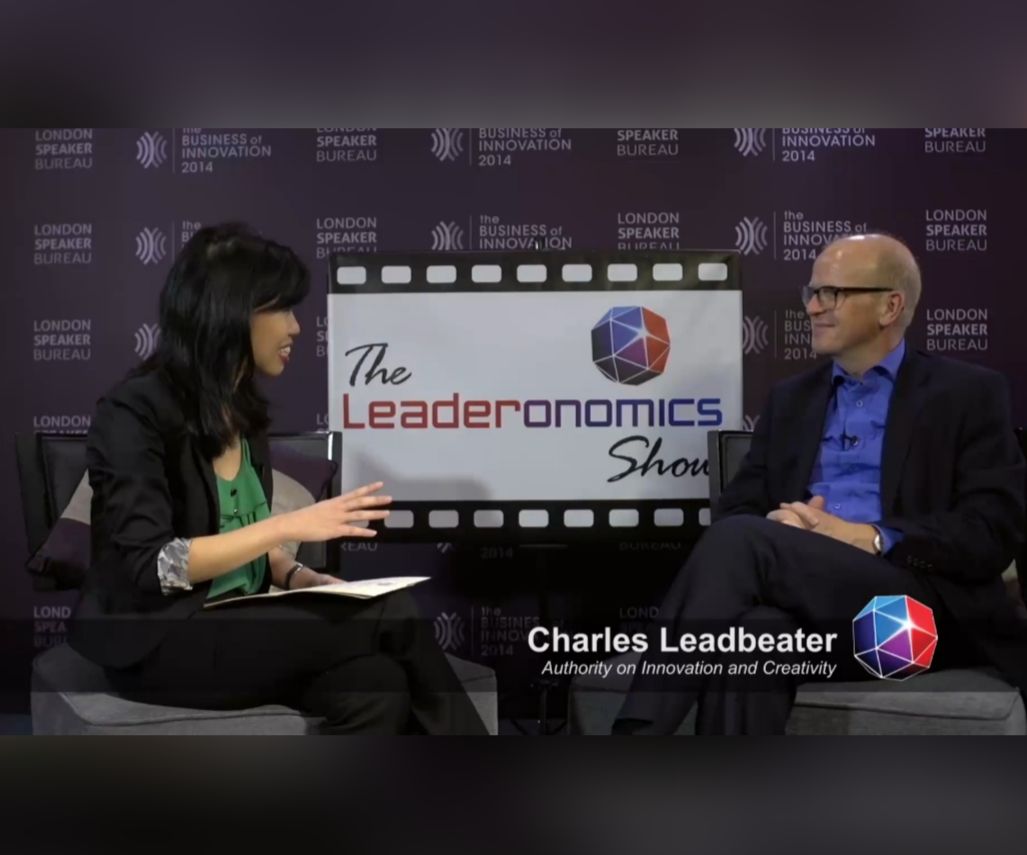The Five Key Capabilities of Effective Leadership

Image by Freepik
Don’t try to find them all in one single hero.
If you look up the phrase “leaders should find people who complement them”, Google may just show you results for “leaders should find people who compliment them”. Funny – or scary?
In our previous article, we explained how difficult it is for leaders to know themselves and described how our development tool, the x360, can assist them in this critical task. While leadership is about knowing who you are, it’s also about your actions and, ultimately, your impact. In this article, we focus on what effective leaders do. Specifically, our decades of research (in collaboration with Thomas Malone, Wanda Orlikowski and Peter Senge at the MIT Sloan School of Management) have uncovered the key capabilities of effective leaders. Forming the second building block of the x360, they are as follows:

These capabilities span the wide-ranging set of skills – from the intellectual and interpersonal to the conceptual and creative – required in today’s business environment. However, it is important to dispel the common myth, which has crushed the soul of many an executive, that leaders should possess all of these skills. No matter how exceptional, it is truly rare to see a leader exhibit more than two or three.
Effective leaders know what is their strong suit and do not fall for the myth of the omniscient leader. They do not delude themselves into thinking that the success of the whole organisation solely rests on their shoulders. Organisational success resides in distributed leadership, or the fine art of finding and working with people who can compensate for one’s weaknesses.
Read More: Solving Problems Effectively Through Collaborative Leadership
The leadership capabilities
Sensemaking
Are you open to new trends and information? Do you enjoy learning from others? Can you create order from uncertainty? Do you experiment to learn how the organisation will respond? If so, sensemaking may be your key strength.
Effective leaders are keenly aware of what is going on in this chaotic world. They know how to keep their finger on the pulse of the external world. They realise that new, better methods may come from outsiders. These leaders don’t just hunt for new information – they integrate it into a cohesive framework that helps others understand what the next move should be.
To some extent, sensemaking is the opposite of tunnel vision. Satya Nadella, the CEO of Microsoft, an exceptionally voracious reader and participant in online courses, is a great example of a leader gifted with sensemaking.
Relating
Are you attuned to other people’s feelings and assumptions? Are you expert at influencing and negotiating? Do you enjoy coaching? You may excel at relating, which is about developing supportive relationships and effective ties, both within and outside an organisation.
Relating can be thought of as the glue that brings people together. Ever since the birth of matrix organisations, leaders at all levels have had to fine-tune their persuasion skills. This starts with a strong ability to listen to others and understand what makes them tick. Only then can these leaders rally support for their own ideas.
In this complex world, command-and-control leadership is no longer considered effective. One example of a persuasive leader who has recognised the need to involve others to achieve transformation and meaning with the organisation is Eileen Fisher, founder of the eponymous women’s clothing brand.
Visioning
Do you enjoy developing a vision about things that inspire you? Are you good at creating a vision that uplifts others? If so, you may be a master of visioning, the art of painting a compelling picture of the future.
Effective leaders often use images, metaphors and stories to win people over. They are also able to link their vision to an organisation’s core values and mission, imparting optimism in the process. They may not be able to fully describe how the vision can be achieved, but by creating a sense of urgency, they can inspire others to think up ways to effect change.
While sensemaking describes what is, visioning produces a compelling image of what could be. More importantly, it dynamically motivates action. Richard Branson of the Virgin Group is known for exciting people with his visionary new ideas for businesses and the technologies that will get us there.
Inventing
Are you a truly creative yet practical person? Do you like exploring alternative ways of doing things? Are you a logistics expert who always knows how to get things done? If so, inventing may be your main calling card as a leader.
Inventing is about devising ways to bring a vision to life, either through structures or processes. Inventing allows abstract ideas to materialise. Leaders with strong inventing skills are experts at reorganising the way work is done, identifying key performance indicators and measuring progress. As the ones who “keep the trains running”, they are not afraid of making tough decisions when reality demands it. At the same time, such leaders create a culture of learning so that both innovation and execution occur. For example, media companies are learning how to become ever more efficient in some print outlets while transforming themselves for a digital age.
Building credibility
In the figure above, building credibility appears at the centre, surrounded by arrows. This is because this key capability is both the condition and the result of the other four. It is about gaining respect from others by keeping commitments and operating with a strong sense of purpose. Credible leaders walk the talk; their actions match their words.
Let us reiterate that the x360 is about self-awareness. The leadership capabilities we described do not represent a checklist of things every leader should hope – let alone expect – to have. As Bruce Chizen, the former CEO of Adobe, aptly said about top leadership: “The job is simply too big for any one person.” However, effective leaders should know their strengths and weaknesses, so they can find people who complement them, not compliment them.
Dear employers, keep track of how connected you organisation is. By staying in tune, you can ensure that the chances for collaboration are at its best. You can do so by using techonology like Happily (or Budaya for those from Indonesia). It has amazing analytics and also provides activities for employees to be fully immersed in the organisation's culture.
To find out more about Happily, click here or email info@leaderonomics.com

This article is republished courtesy of INSEAD Knowledge. Copyright INSEAD 2021.
Leadership
Tags: Executing Leadership






